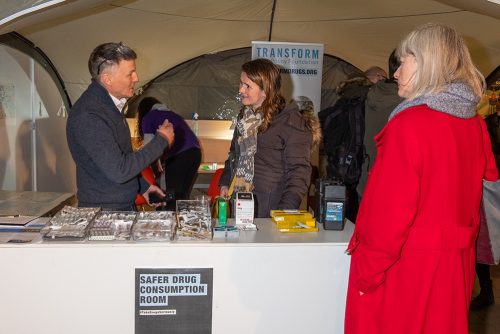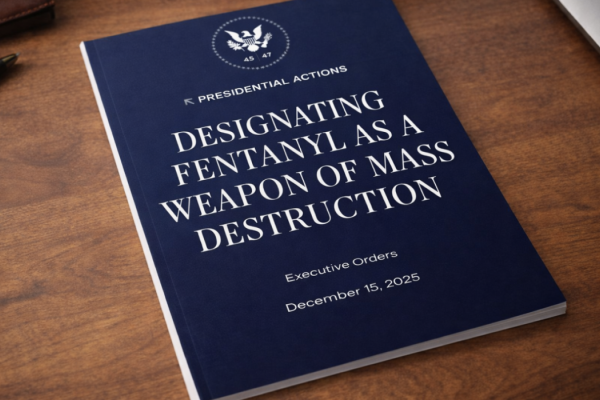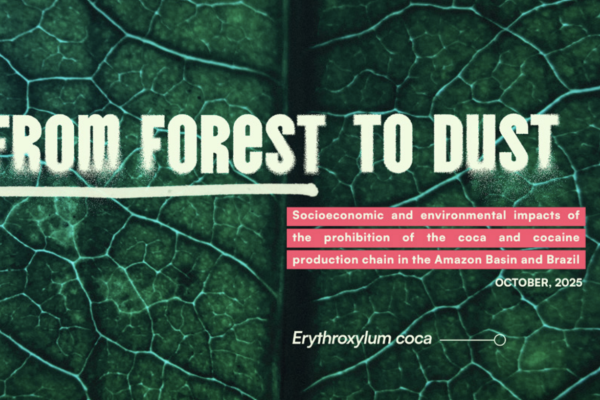14th May 2020
A number of measures called for by experts and NGOs (including Transform and Release), have been introduced in the UK recently. These are helping to reduce potential negative impacts of the COVID-19 pandemic, and the lockdown to manage it. These include:
- Doctors and pharmacists have been able to issue prescriptions and implement other procedures that operate outside of pre-existing guidelines to help maintain physical distancing, and protect the lives of service providers and clients. This includes moving most people on daily supervised OST to weekly or longer pick-up for take-home use. This approach has since been endorsed by PHE in their COVID19: guidelines for commissioners and providers of services for people who use drugs including alcohol.
- Naloxone provision has been increased significantly, including in Scotland where the Lord Advocate issued a Letter of Comfort guaranteeing additional registered (non drug treatment) services supplying Naloxone would not be prosecuted.
- The delivery of controlled drugs, such as methadone and buprenorphine, have been included in the national prescription delivery service for the vulnerable who are ‘shielded’.
- A significant proportion of homeless people, particularly those sleeping rough, have been placed in temporary accommodation, including hotels, hostels and B&Bs, to assist with physical distancing requirements. This has successfully limited the number of COVID-19 infections and deaths in this group.
Protecting vulnerable people who use drugs during the pandemic will remain a challenge as communities transition out of lockdown. We must seize this opportunity to build on progress made, and address the many long term structural problems, including homelessness, and chronic underfunding of drug services.
1.
Most people who are dependent on drugs have underlying, and often serious, health issues. As a result they should be assessed by health services, and where appropriate, designated as at high-risk for COVID-19, and suitably protected. Failure to protect the 320,000 people dependent on drugs as the lockdown is eased risks rapidly rising infection rates among this vulnerable population fueling a second wave of community transmissions.
2.
The COVID-19 crisis has led to an unprecedented increase in demand for drug treatment services. Long-term funding for this area should be increased dramatically to meet demand, address the needs of some of the most marginalised and vulnerable in society, and minimise COVID-19 transmission among both service providers and clients.
3.
Systems must be put in place to ensure that there is an adequate supply of harm reduction supplies, including sterile injecting equipment, that is flexible in the way it is dispensed to ensure physical distancing. This should include allowing the provision of crack pipes through needle exchange programmes, to reduce sharing, and risks of mouth and lung injury, and to help engage people who smoke stimulants with services.
4.
Long term funding must be in place to ensure an adequate supply of naloxone (an anti-overdose medication) is available for people who use opioids, particularly if potent synthetic drugs including fentanyl become more common.e supply of harm reduction supplies, including sterile injecting equipment, that is flexible in the way it is dispensed to ensure physical distancing. This should include allowing the provision of crack pipes through needle exchange programmes, to reduce sharing, and risks of mouth and lung injury, and to help engage people who smoke stimulants with services.
5.
Funding should be made available to drug treatment providers to fund innovative approaches, including peer outreach programmes, mobile services, and exploring the possibility of using existing and new premises to dispense harm reduction supplies and naloxone, as well as medication, including OST (i.e. methadone or buprenorphine) and other substitute prescribing including for benzodiazepines, and stimulants.e stimulants with services.
6.
It is imperative that, as other countries have done, prisoners are released where feasible to reduce or eliminate overcrowding that increases COVID-19 transmission risks. Funding to transition people back into the community, as well as ensuring wraparound services, in particular for those who have a history of drug dependency will be needed.
7.
There must be a clear, funded programme to rehouse people who are homeless and currently in temporary accommodation, irrespective of their immigration status. Failure to do so risks undermining any contact tracing for COVID-19 infections, given it will leave unregistered people living chaotic lives on the street. To be effective, this should include housing that has clear guidelines on tolerating/managing drug use, that allows pets, and provides access to support services, to ensure people who use drugs are not evicted, or self-exclude from accommodation. These services should also house the growing number of people now losing their homes as a result of unemployment or other economic problems.
8.
National guidance should be issued to ensure COVID-19 related regulations do not lead to unjustified increases in police use of stop and search. The use of these powers harms community relations and requires physical contact increasing infection risk - a particular concern for BAME groups who are more likely to die from COVID-19. Yet we have seen substantial increases (e.g. the Metropolitan Police carried out 30,608 searches in April, up from 23,787 in March - 70 per cent for drugs - with the highest rates in the poorest areas). While Black people were searched at a rate of 7.2 per 1000 of the population in March, this rose to 9.3 per 1000 in April, while rates for Asian people rose from 2.6 per 1000 to 3.7 per 1000 of the population. For black people this means they were 4 times more likely to be searched than the white population. Guidance should be issued advising forces to use any extra time police have available due to the current fall in crime to prioritise offences like domestic violence which have increased, or online child sex offences, as some forces are already doing.




